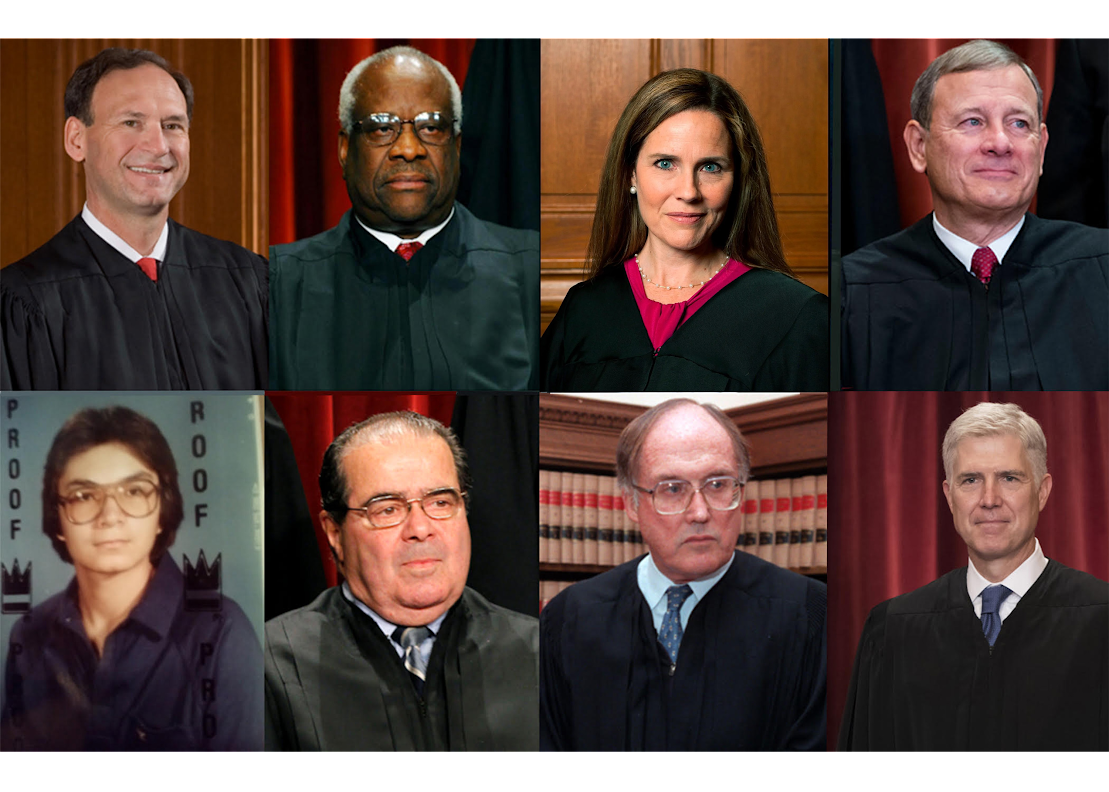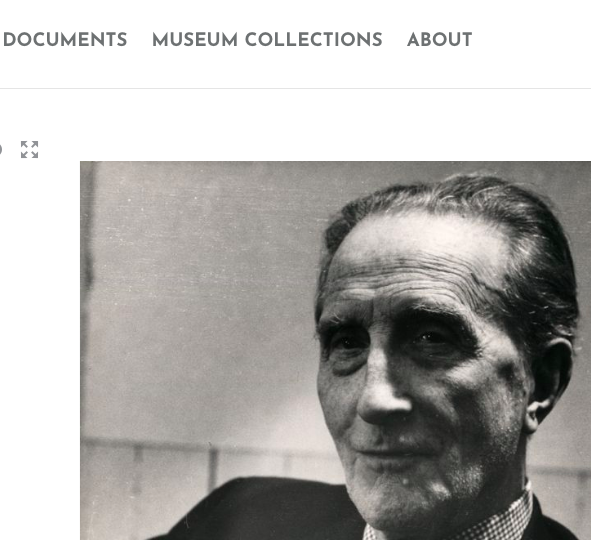On Friday, September 21, federal judge Michael A. Ponsor ruled that the Massachusetts Museum of Contemporary Art has the right to display Christoph Büchel’s unfinished art project without the artist’s consent.
This is a death-blow to contemporary artists, national and international alike. On its face, it gives a granting and/or commissioning institution the power to exhibit an artist’s art work without her/his permission unless there is a written agreement to the contrary. Theoretically, the judge’s decision eviscerates an artist’s power to dictate when the artist’s project is in a state where the artist feels comfortable and willing to put it out for public exposure. In effect, Judge Ponsor has now allowed museums and cultural institutions—and perhaps any institution—the ultimate say in what is and isn’t art. Tell that to Duchamp.
What MASS MoCA and its director, Joe Thompson, should realize, is that although they have been granted the legal right to show Büchel’s artwork, this doesn’t necessarily mean that they should. According to MASS MoCA, they will come to a decision as to whether or not to continue exhibiting Buchel’s work by this coming Tuesday. Even if they come to their senses and not continue to exhibit Büchel’s work, the damage has been done. Unless appealed, the ruling now gives visual artists much less protection under the Visual Artists Rights Act (VARA), making this federal law much more useless than before.
On a side note, it is interesting to note the lack of support for Büchel from other artists. It is perhaps the nature of the current artworld beast, or the primary law of economics once again: supply vs. demand. When the supply of artists is at an all time high, artists are much less tempted to protest or organize for fear of being black-balled or denied a low-probability opportunity to exhibit at MASS MoCA. One can only wonder if the judge’s decision would have differed had there been more of an outcry from individual artists and not just Ed Winkleman, Robert Storr and Roberta Smith.
If there is anything remotely beneficial that came out of this mess, its MASS MoCA’s blog, which was begun this past July, and seemingly to counteract the negative press they were receiving from blogs, newspapers, and journals alike. However, although they try–in typical for-profit corporate fashion–to soften the negative impact of their blows upon artists, the blog seems to be misleading the public–specifically questions 5 and 8.
According to the court documents submitted, there was no written agreement between Büchel and MASS MoCA. Therefore, and to clarify any misunderstandings and misrepresentations, CLANCCO has asked MASS MoCA to provide us, and to their constituency in their blog, with a copy of the agreement between Büchel and the Museum. Additionally, their claim that their lawsuit against Büchel will not have any negative consequences on legal protection for visual artists and their artworks is ridiculous to say the least. In summation, MASS MoCA has in effect NOT narrowed the legal decision to apply solely to Büchel, but rather guaranteed that all artists are now subject to have their artistic ideas exhibited and shown to the public in any state of completion and at any time by setting the legal and binding precedent that “VARA does not address the display of unfinished work or the display of materials assembled for use in a work of art.”
UPDATE: As of Tuesday, September 25th, MASS MoCA has not accepted our request to make the agreement public, nor have they posted our request and made it public on their blog.









